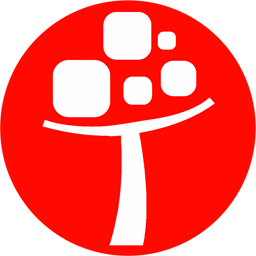Food Wine Sparkling
Louis Roederer : Cristal Rosé 2012
Louis Roederer : Cristal Rosé 2012
On tasting, Cristal Rosé 2012 by Louis Roederer presents an elegant salmon-pink color highlighting the finesse of the string of bubbles. Complex and delicate, the bouquet invites you to take the time to discover all the aromas. Fresh and tart notes of citrus fruit appear first, evoking yuzu before giving way to raspberry and red berry notes. Aromas of roasted dried fruit and almond follow one after the other, with delicate scents of verbena and bergamot infusion. On the palate, Cristal Rosé 2012 unfolds slowly, with the grace and airy delicacy of a ballerina. The palate presents an effervescence of great finesse letting express all the flavor of fresh fruit with an exquisite freshness and chalky tension. All the finesse of the wine is combined with the power of the substance, which is prolonged in a dazzling finish.
A QUEST FOR PERFECTION SPANNING TWO CENTURIES
The cuvées of the House of Louis Roederer are the fruit of patient work
with fundamental ingredients, the collaboration of experts, a quest for the perfect balance, and hardy and generous grapes, cultivated in the Champagne soil, producing a wine with a summery character and crystalline elegance.
ONE OF THE LAST GREAT INDEPENDENT AND FAMILY-RUN CHAMPAGNE HOUSES
When he inherited the Champagne House in 1833, the aesthete and entrepreneur Louis Roederer took a visionary approach to enriching his vines, aiming to master every stage of the wine’s creation. He forged the wine’s unique style, character, and taste. In the mid-nineteenth century, Louis Roederer acquired some of Champagne’s grand cru vineyards—an approach that contrasted sharply with contemporary practices..
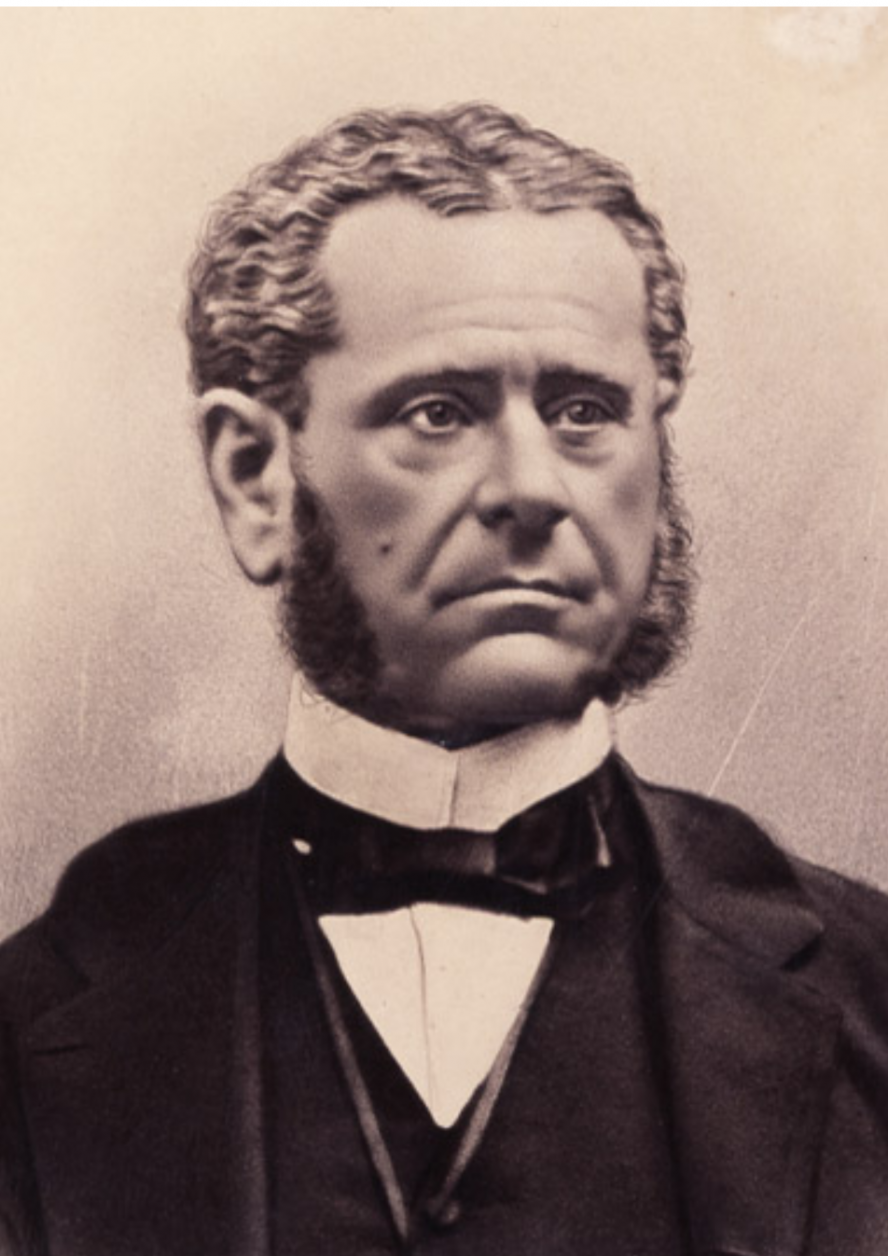
While other Houses bought their grapes, Louis Roederer nurtured his vineyards, familiarized himself with the specific characteristics of each parcel, and methodically acquired the finest land. Louis Roederer’s guiding principle was that all great wine depends on the quality of the soil, a passion for tradition, and an astute vision of the future; the fame and reputation of the House of Louis Roederer was firmly established. His heir, Louis Roederer II was equally enlightened and adopted his father’s conscientious approach to the production of champagne, patrimonial estate management, and instinctive audacity.
THE RIGHT SOIL IS THE KEY TO EVERY GREAT WINE
He also drew inspiration from the many books and drawings he collected with great discernment. In the 1870s, the Louis Roederer Champagne House began to export its wines to the United States, and even to Tsar Alexander II of Russia.
A man of great taste and an inveterate researcher, Louis Roederer II fashioned an exclusive champagne for the Tsar and launched a novel concept: the very first Cuvée de Prestige. It was created in 1876 and named ‘Cristal’. Ever since, the subtleness and elegance of Cristal have forged Louis Roederer’s reputation for excellence.
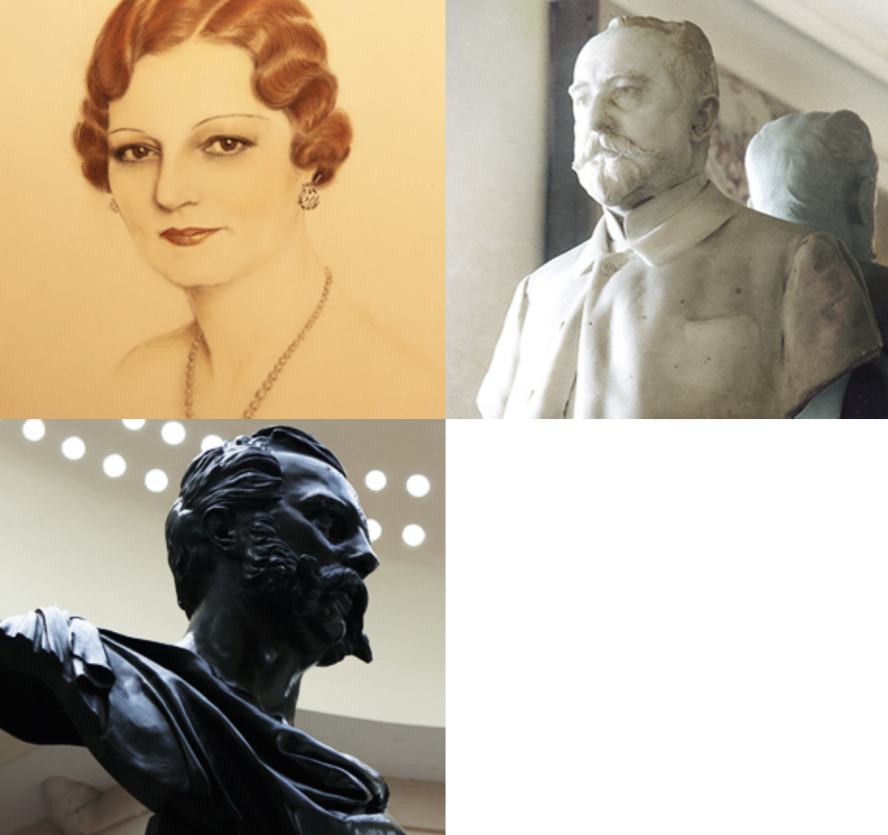
In the 1920s, the future heir to the House of Louis Roederer, Léon Olry-Roederer consecrated his efforts to creating a highly balanced wine—a consistent and delicate blend of several vintages, to ensure that the wine would always be of the highest quality. This wine would form the basis for the later Brut Premier. This fine blend greatly contributed to the renaissance of the House of Louis Roederer.
After his death, from 1933 onwards, the winery was managed by his strong-minded widow, Camille, who ran the Champagne House with formidable intelligence and singular dynamism. Camille loved horse racing and owned one of the most famous stables in the world; she was also an enlightened patron and embraced the more festive and pleasurable aspects of champagne. Camille Olry-Roederer held many receptions in the family’s Hôtel Particulier in Reims. These parties had a lasting impact on the history of the House and introduced a whole new generation of wine lovers to the joys of Louis Roederer Champagne.
Her grandson, Jean-Claude Rouzaud, an oenologist and agronomist, took over the running of the entire estate and decided to consolidate the vineyards. Through his passionate commitment to the metier of wine-growing, he cultivated more than ever the inventive qualities that are so representative of the House’s philosophy.
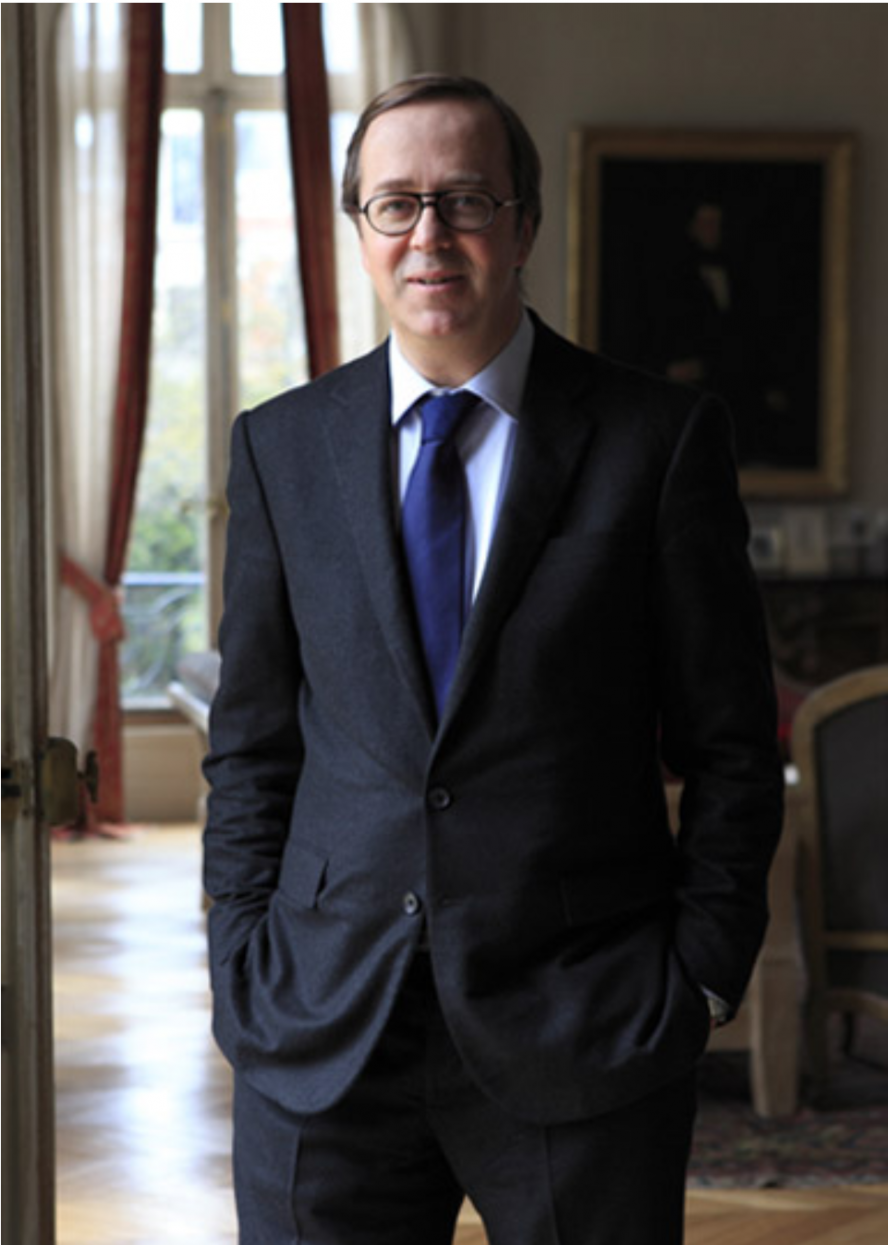
The Louis Roederer House has remained an independent, family-owned company and is now managed by Jean-Claude’s son, Frédéric Rouzaud, who represents the seventh generation of the lineage. With the same patience and unshakeable faith in its creative vocation, the House of Louis Roederer’s annual exports total three million bottles around the world.
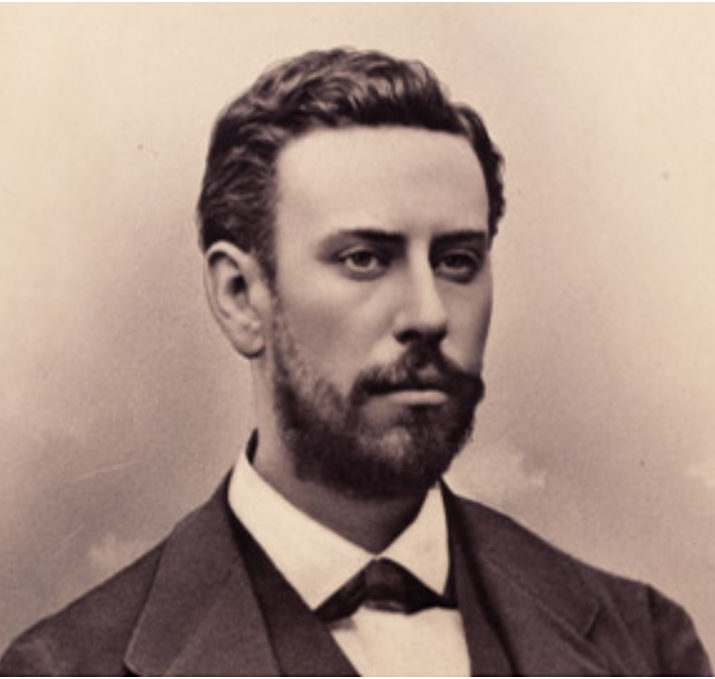
240 hectares located exclusively in the Grands and Premiers Crus of the Marne
A NATURAL FEELING FOR VITICULTURE
Our plot-by-plot approach to vine cultivation, which takes into account
the specificities of the different soils, enables us to produce
exceptionally mature grapes.
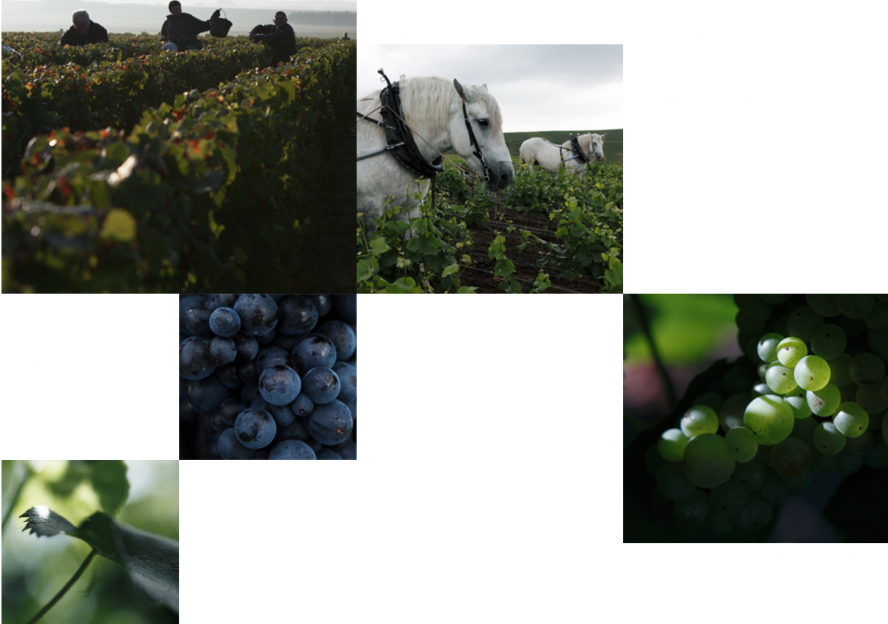
VISIONARY INTUITION THAT LED TO THE CREATION OF AN EXCEPTIONAL ESTATE
In 1845, Louis Roederer acquired 15 hectares in the Grand Cru vineyards of Verzenay. The idea—which was quite unusual at a time when grapes had little value—was to become a wine grower in order to master the entire process of creating his vintage wines. Ever since, every Louis Roederer vintage originates exclusively from our own vines, which is rare indeed in the Champagne region. The quest for a diversity of terroirs, crus, parcels, and grape varieties in the vineyards (or climats to use the Burgundian expression) was rapidly integrated by the House of Louis Roederer. A groundbreaking strategy was implemented, which involved buying specific parcels selected for their capacity to produce distinctive wines. This strategy is still a core component of the House’s continuing development.
In 2013, Louis Roederer’s vineyards stretched across 240 hectares and include 410 parcels.
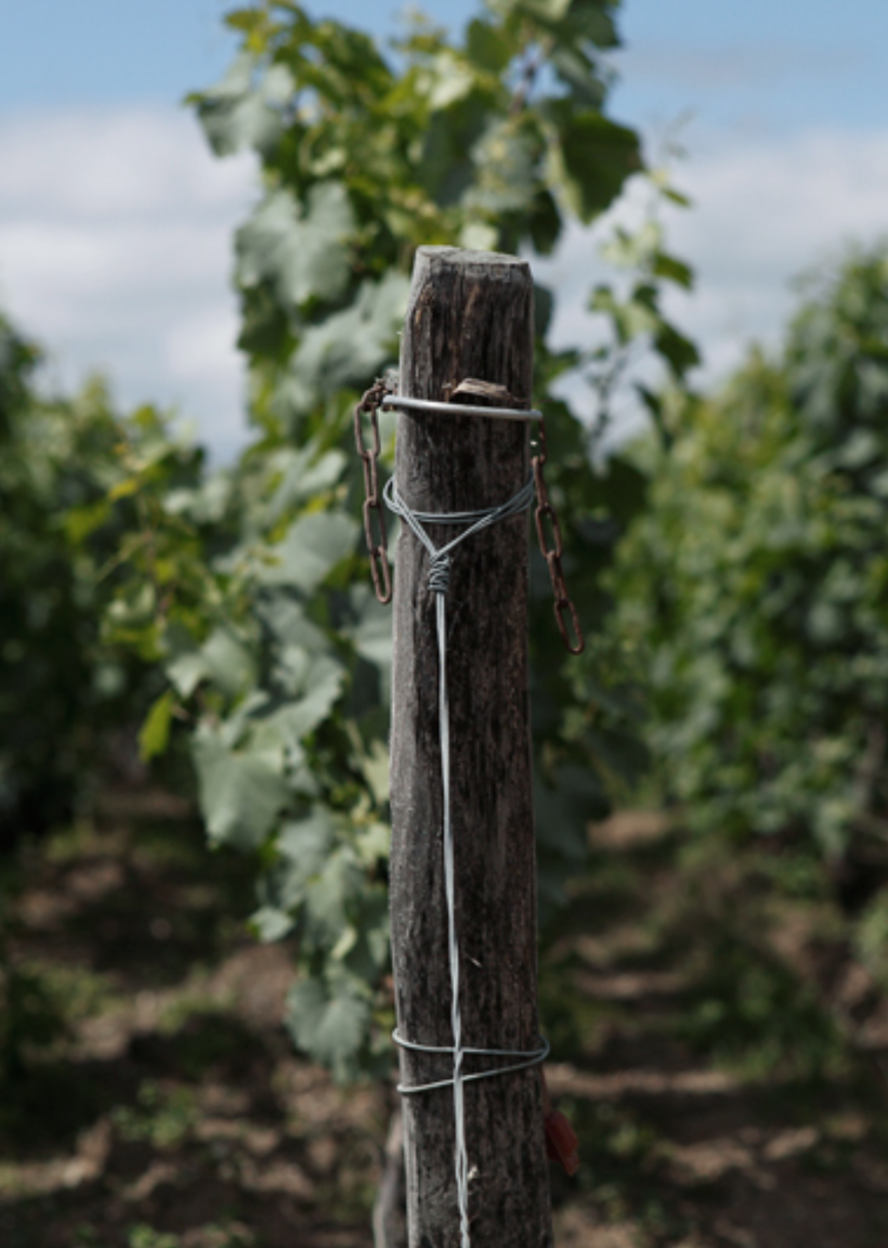
THE LAND IS THE SOURCE OF ALL GREAT CHAMPAGNES
Taking into account the specificities of different soils and the practice of ‘tailor-made’ viticulture enable us to attain optimal grape maturity.
This precise work is carried out with great respect for biodiversity and, increasingly, the principles of biodynamic cultivation. Our vineyards are located in three classic Champagne districts: the Montagne de Reims, the Vallée de la Marne, and the Côte des Blancs. The diversity and fertility of these sites provide our House with an extensive and rich palette from which to fashion the wines.
This strategy remains a core component of the House’s continuing development.
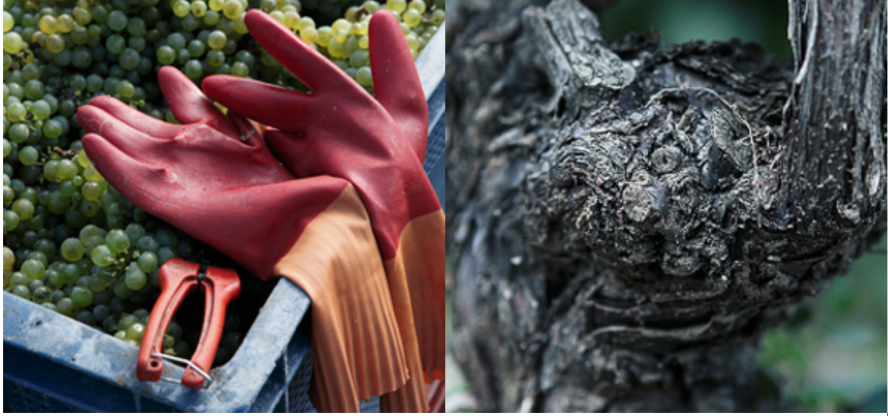
The Louis Roederer estate cultivates the 3 traditional grape varieties: Chardonnay is appreciated for its minerality, finesse, and elegance; Pinot noir’s solid constitution adds structure to the blends and prepares them for ageing; Pinot Meunier is a slightly less refined sweet grape variety, whose adaptability brings harmony and softness to certain cuvées.
The grapes in our plots are meticulously gathered by hand and are collected in the buckets and pressed on the site of the harvest. The pressing process is a delicate one, because the berry must not alter the colour of the juice, which must maintain its golden hue and clarity.
PRESERVING THE AUTHENTICITY OF THE PLOTS
This precise selection process and plot-by-plot vinification ensures that the origins and traceability of the grapes are respected and provides a perfect record of the fruit from each row of vines. Hence the natural equilibrium of each parcel is preserved, and the vines are protected from external influences. This brings out the finest qualities in our wines.
Inside the cuves and the tuns the wine develops into an ‘entity’ in its own right, with its own qualities—and sometimes weaknesses—that the oenologists fully nurture and exploit. At this stage, all the richness and diversity of the fruits come to the fore. The contents of the fermenting tanks is tasted every day and classified into families of aromas, flavours, and characters. Every observation on the part of the wine tasters is carefully noted. Constantly tasted and reclassified, our wines gradually mature and develop their own unique characters.
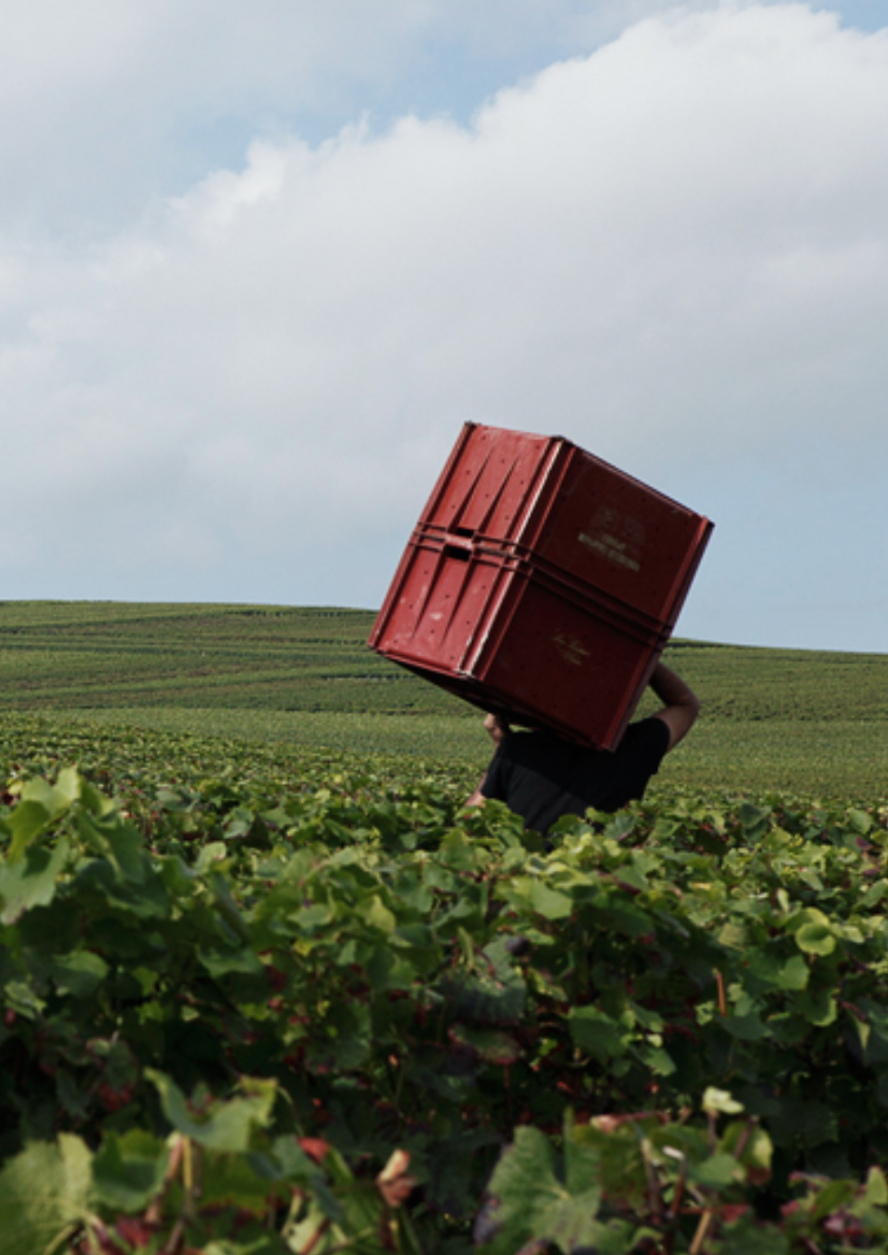
The specific characteristics of each cru are preserved until the blending process.
